|
Mithraeum "Petrini"? The Mithraeum "Petrini" was excavated by Giuseppe Petrini in the years 1802-1804. In 1868 Carlo Ludovico Visconti says that it is located not far from the theatre, on the road that leads from the "first square" of the city to the Capitolium. It has often been said that it must be identical to the Mithraeum of the Seven Spheres, but the identification is not without problems. One of the inscriptions found by Petrini speaks of an aedes cum pronao, indicating that there was some sort of vestibule. That feature is absent in the Mithraeum of the Seven Spheres. We could also be dealing, for example, with the combination of Shrine II,II,4 and the Mithraeum near the Roman Gate (II,II,5). Four inscriptions were found by Petrini: - A restoration of the shrine and its vestibule (pronaos) by A. Decimius Decimianus:
- The dedication of an altar to Sol Mithras by L. Tullius Agatho:
- A pater and sacerdos ("father" and "priest") called M. Aemilius Epaphroditus:
Furthermore a round, marble relief was found of Mithras killing the bull (1.17 x 1.09; a plaster cast is today in the shrine). The relief would have been inserted in the back wall. On the mantle of Mithras stars or planets and the moon can be seen. A dog and snake are sucking the bull's blood, a scorpion is biting the bull's testicles. The bull's tail ends in grain ears. |
|||||||||||||
|
Mithraeum of the Seven Spheres The shrine was excavated by Rodolfo Lanciani in 1886. Only the lower part is ancient (opus latericium, and secondary piers of opus vittatum set against the west wall), the upper part was added to protect the mosaics. In his publication of the mithraea of Ostia Giovanni Becatti dates the latericium and the mosaics to the Antonine period. In his publication of the mosaics of Ostia he suggests that the opus vittatum is linked to the installation of the shrine. He then dates this masonry and the mosaics to the third century. The inside measurements are 11.20 x 4.37. Along the side walls are the usual benches, which may have accomodated some 32 men. A few treads have been preserved at the beginning of the right hand bench. Two small travertine altars are embedded in the corners of the front part of the benches. There is a masonry podium in front of the back wall. The mithraeum is of great importance for the understanding of the cult, because of its black-and-white mosaics. Below is a summary of the interpretations by Richard Gordon and Roger Beck. Summary of the interpretation by Richard Gordon (1976) The entrance to the mithraeum is - as usual - off-centre. In the front part, on the floor, are a U-shaped basin and a mosaic dagger. The water-basin is a reference to a source, near the cave in which Mithras created the world by killing the bull. The dagger, the weapon of Mars, is usually viewed as a reference to the killing of the bull. The signs of the Zodiac are depicted in mosaic on the horizontal side of the ledges in front on the benches:
From the order can be deduced that the left side coincided with the astrological north, summer and spring, and the day. The right side represented south, winter and fall, and night. At the front of the benches are the torchbearers Cautes and Cautopates, who were associated with Sol and Luna. Cautes raises a small torch. In his other hand is a cock, referring to the morning. Cautopates is lowering a large torch, the fire of which is indicated by red tesserae. It is peculiar that Cautes is on the "south" and dark side, Cautopates on the "north" and light side. This can be explained by linking them to another aspect of "north" and "south": the places where the souls of men entered and left the world. From the signs of the Zodiac can furthermore be deduced that there was a line of equinoxes, coinciding with the true north-south axis of the shrine. It ends at the true north, where Mithras was depicted. There is also a line of solstices, from the true west to east. This line is between Gemini and Cancer to the left, and Capricorn and Sagittarius to the right. On the latter line are two recesses, in the vertical side of the benches. Possibly these niches can be explained as the gates of heaven, through which the souls descended and ascended. On the vertical side of the benches, so on either side of the niches, are mosaic depictions of personifications of planets, standing in niches or aediculae:
This is not a known order. A solution is suggested by the order of the planets in the Mithraeum of the Seven Gates (IV,V,13). This may be the order of the planets on the night of creation, before light appears. The planets are in their nocturnal houses. The seventh planet, Sol, is missing (as it is in the Mithraeum of the Seven Gates). That is because this planet is Mithras-Sol, who does not belong in the dark night. He created light, and was depicted in the rear part of the shrine.
On the floor, between the benches, are seven black mosaic arches that gave the shrine its modern name. For some reason they touch the left, but not the right bench. They are usually regarded as the seven gates of heaven through which souls had to pass. They are, however, heavenly spheres, parts of the earth that were governed by the planets and the signs of the Zodiac. They correspond to the planets, and to the seven grades of initiation:
Summary of the interpretation by Roger Beck (1979) Beck praises Gordon's analysis, but disagrees in one respect: Gordon's explanation of the order of the planets is not correct, from an astrological point of view. According to Beck an actual arrangement of the planets is depicted in this shrine and in the Mithraeum of the Seven Gates. The true north, where Mithras was depicted, coincides with the spring equinox, that is, the moment when finally the day was no longer shorter than the night. We see a Saturn-Jupiter conjunction, with Saturn, Venus and Mars to the east of the sun, and Jupiter, Mercury and the moon to the west. That was the situation on 21 March (the spring equinox) of 172 AD (with the exception of the moon, that may have been placed on the left side to achieve symmetry). However, the Saturn-Jupiter conjunction took place only in 173 AD, so the spring equinox of that year seems to be referred to as well. The depictions in the Mithraeum of the Seven Gates also refer to the conjunction in 173 AD. The story continues with the topic Apuleius in Ostia?
|
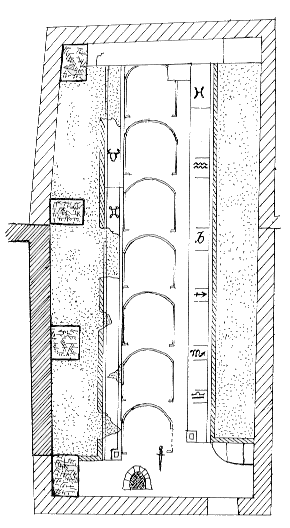 Plan of the mithraeum. From Gordon 1976, fig. 1. The representation of the zodiacal signs has been conventionalized. |
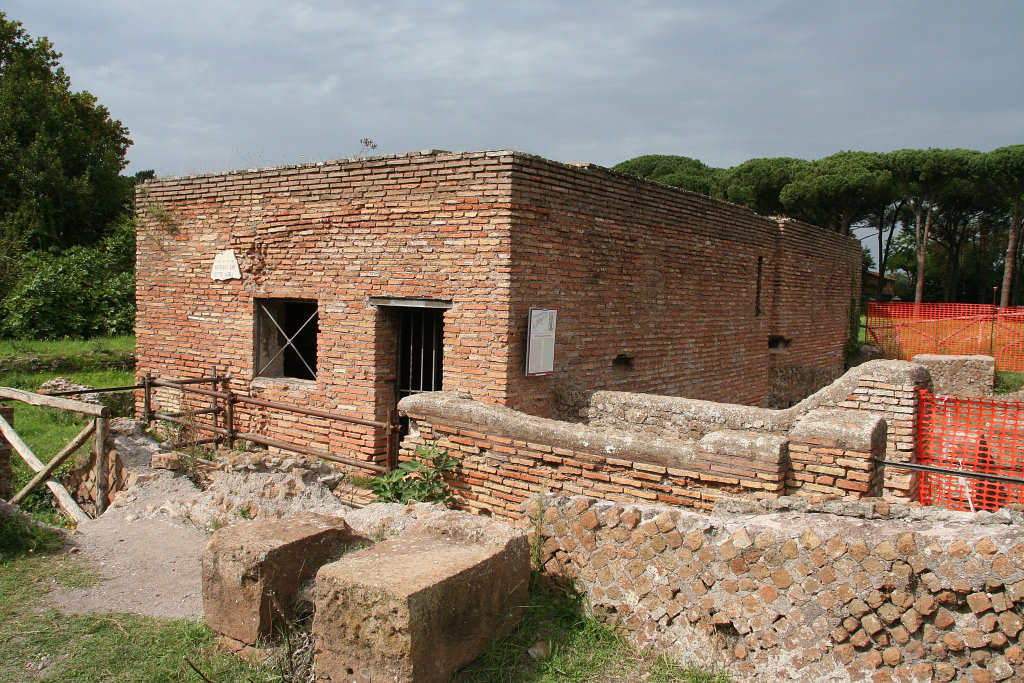

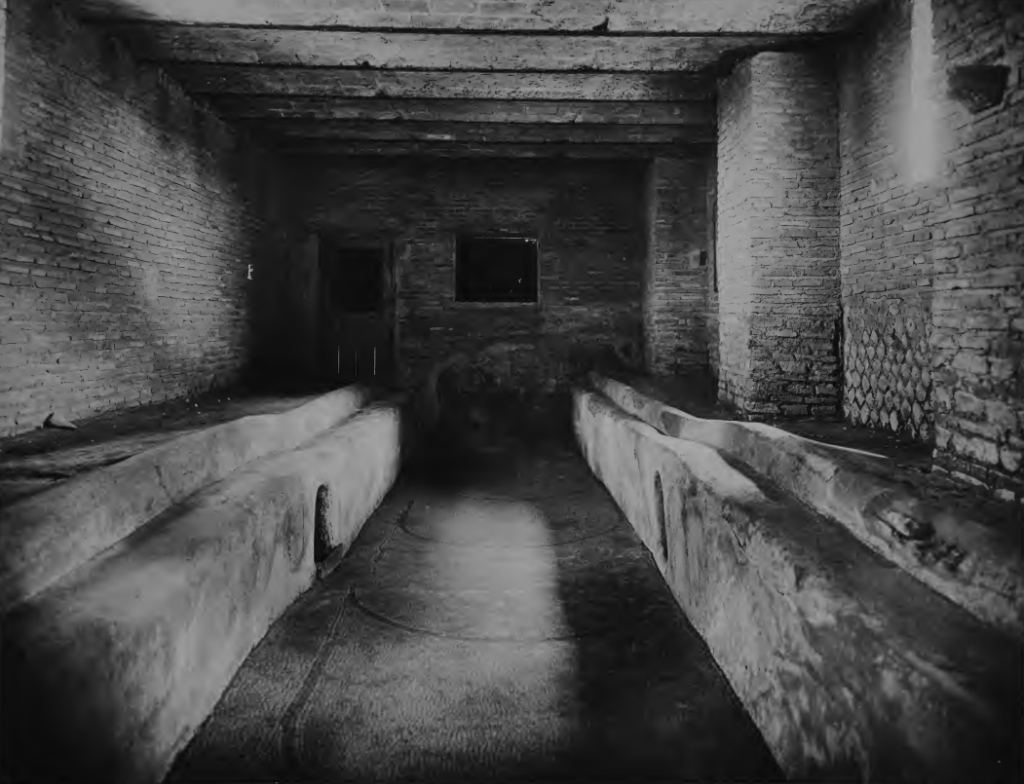
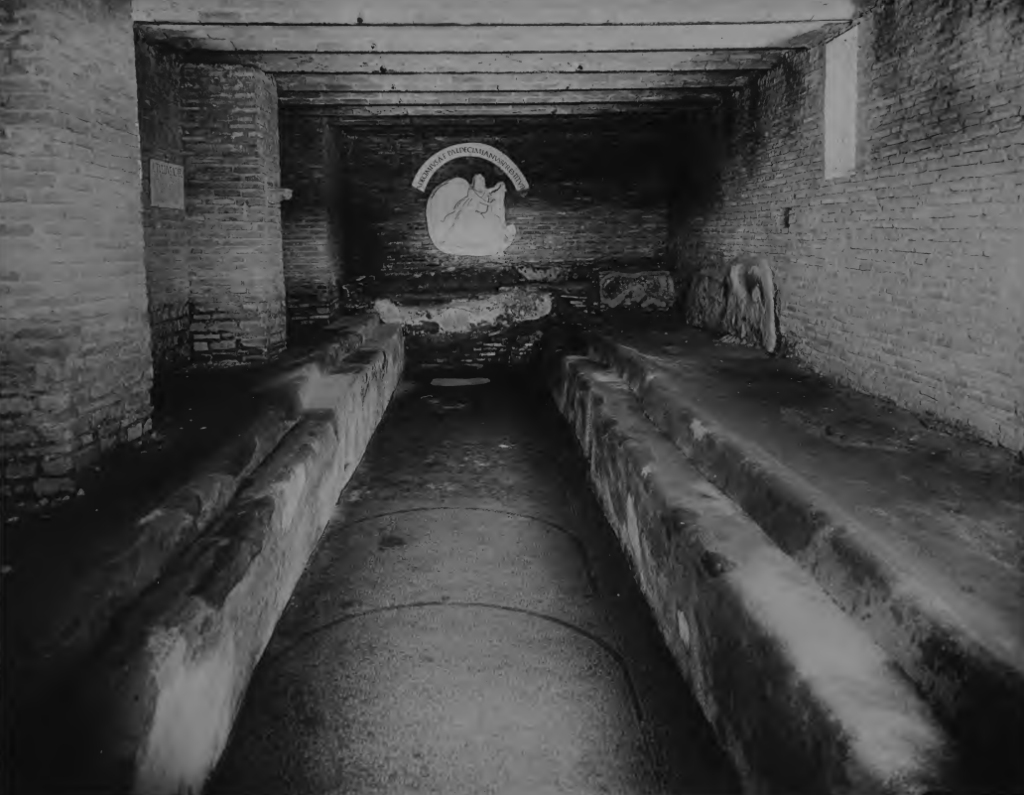
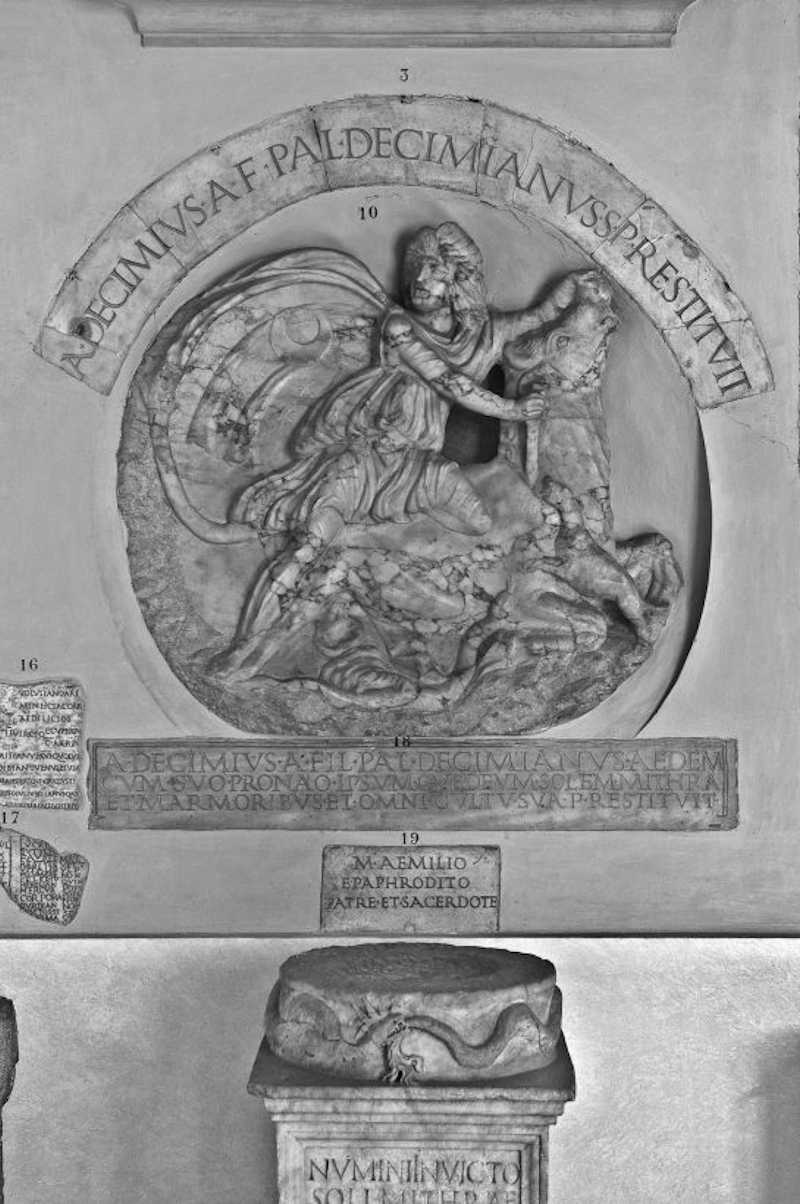



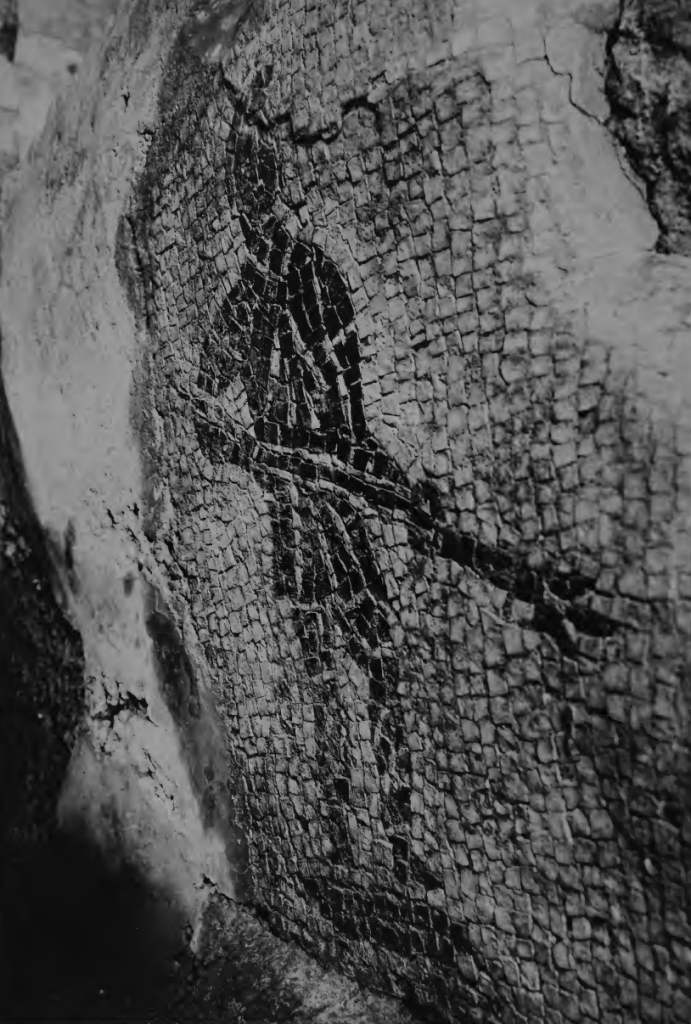
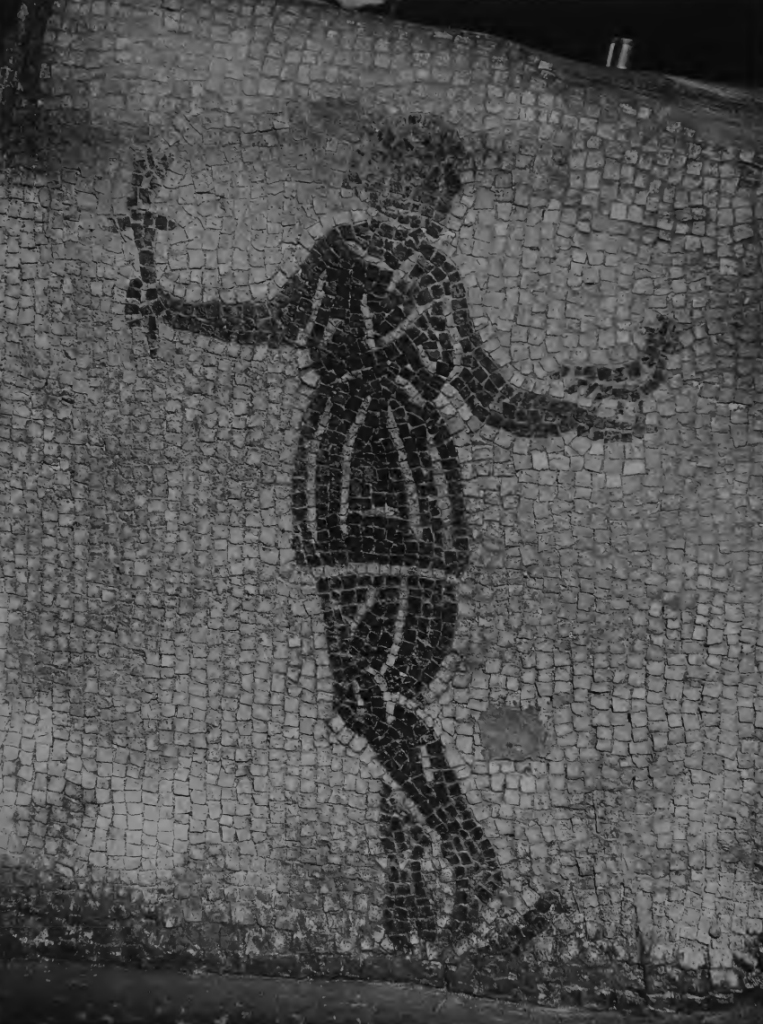

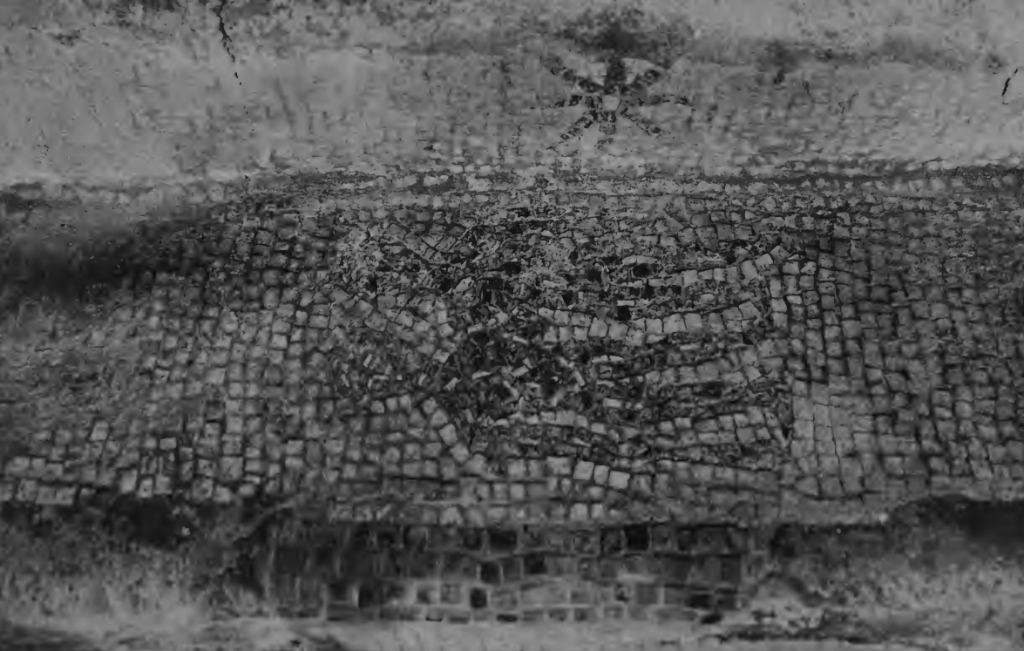
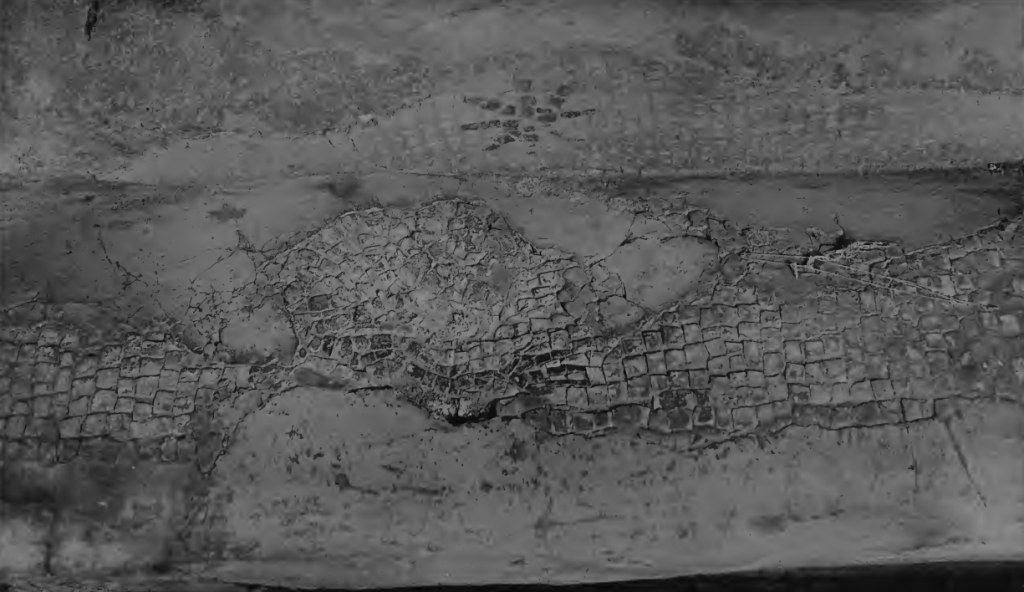
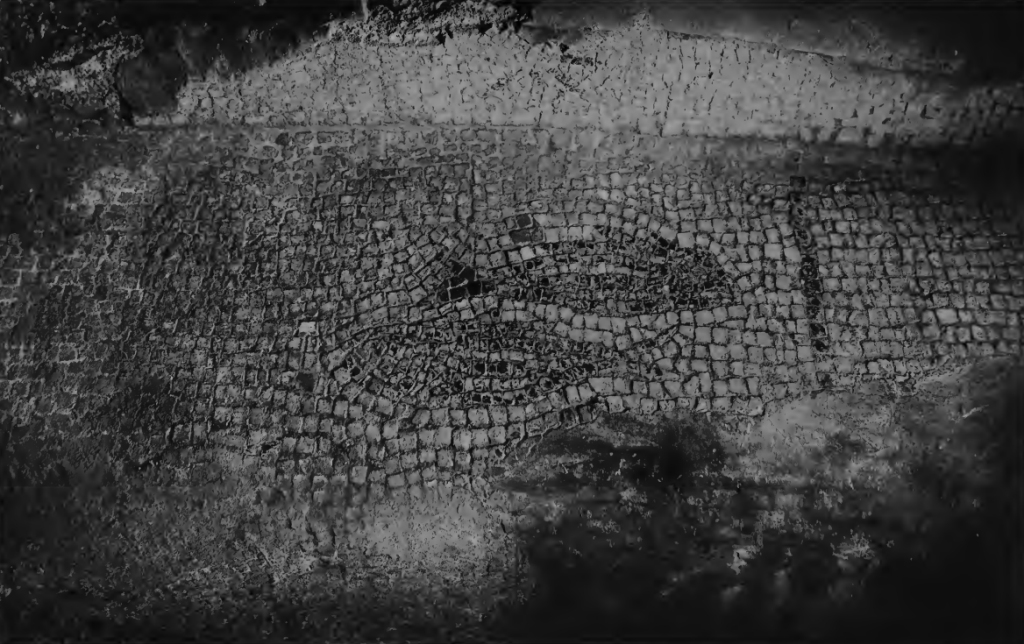

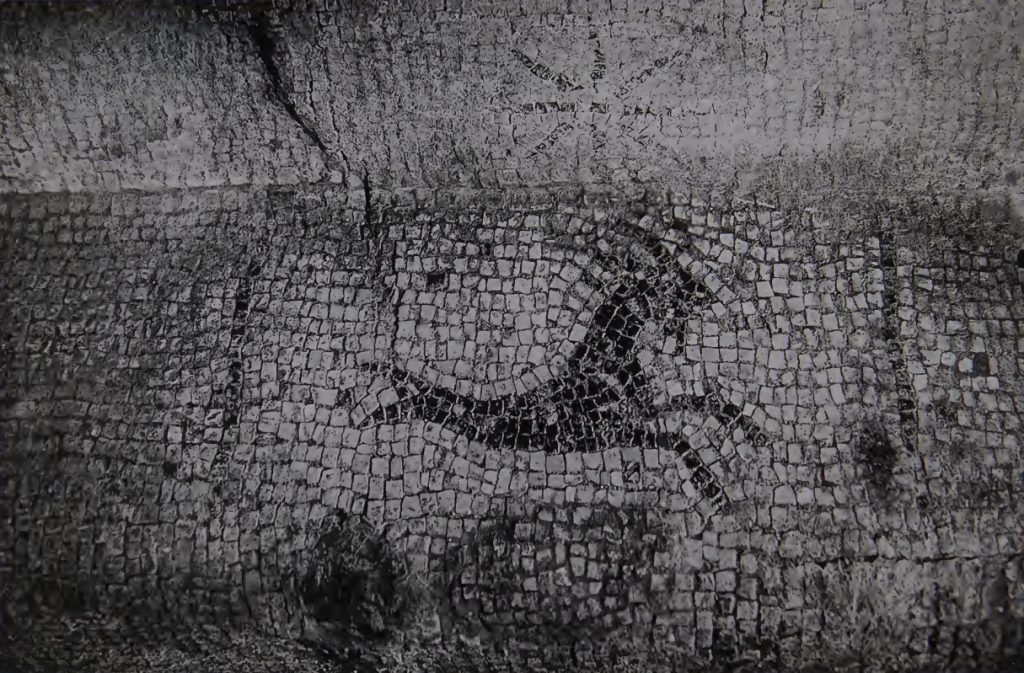

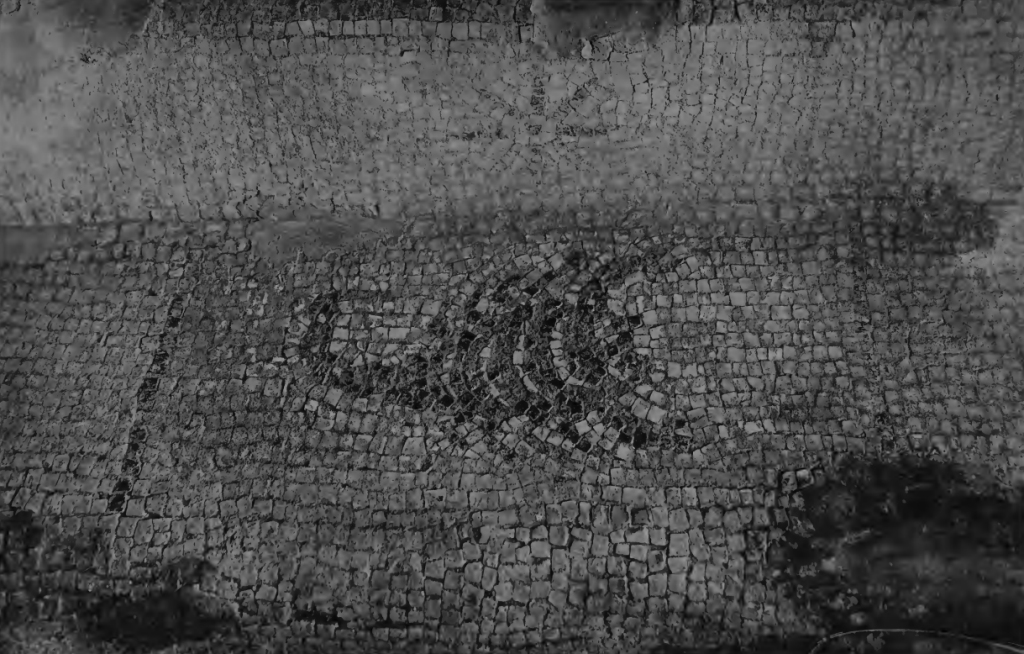
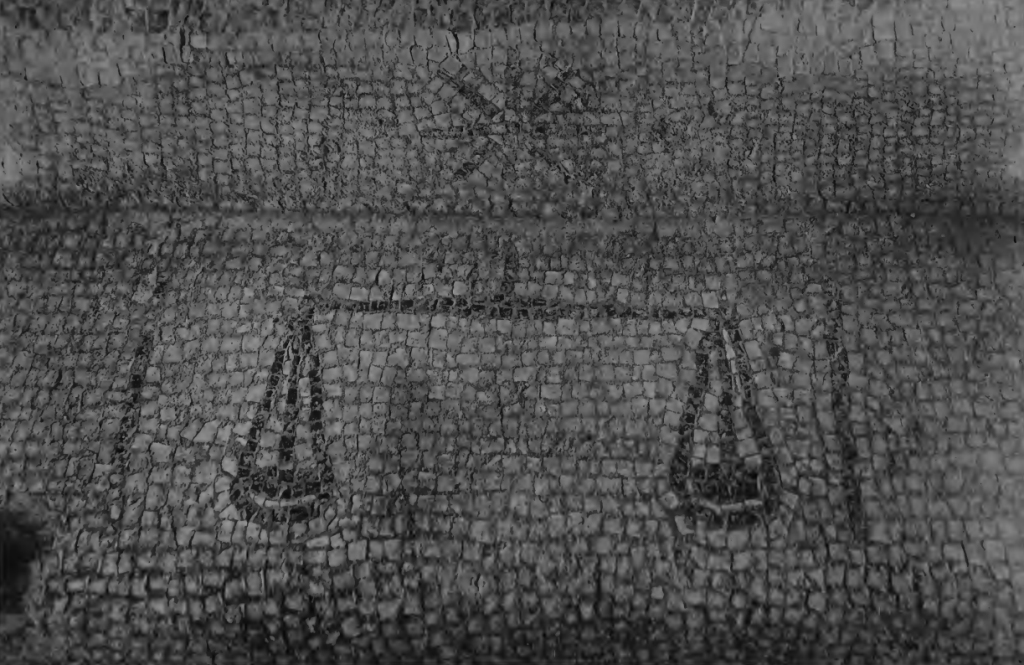
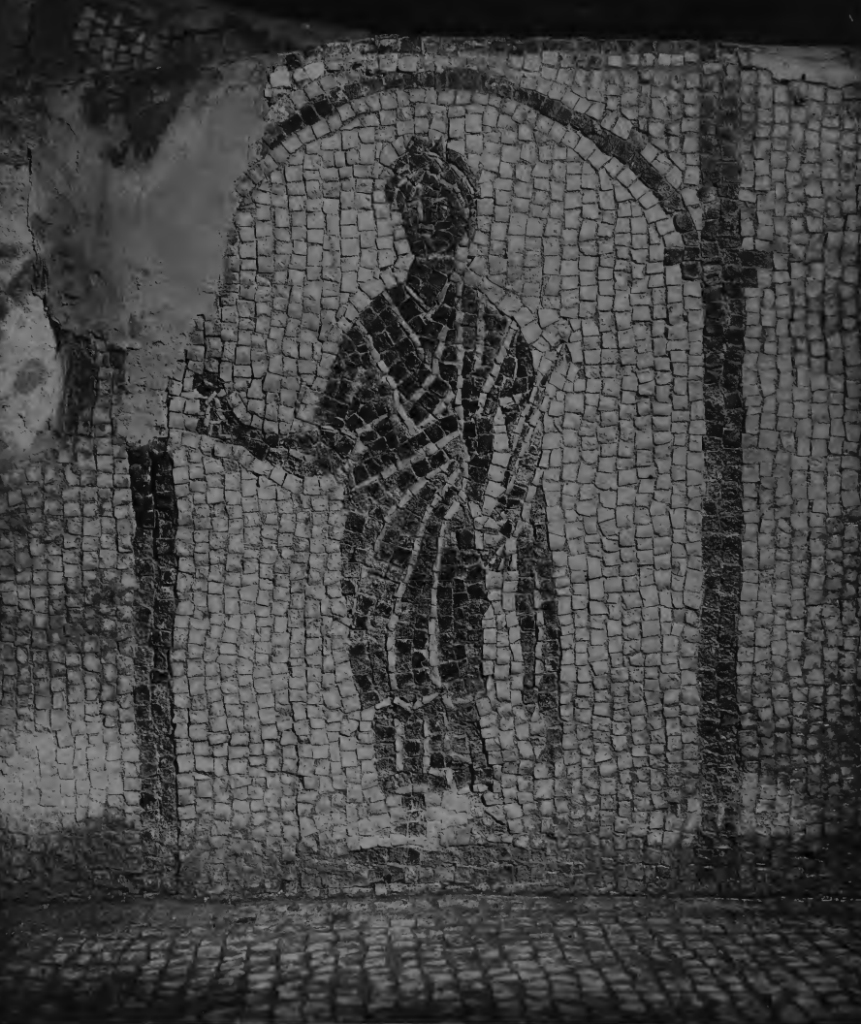





Photos, unless indicated otherwise: Warburg Institute.